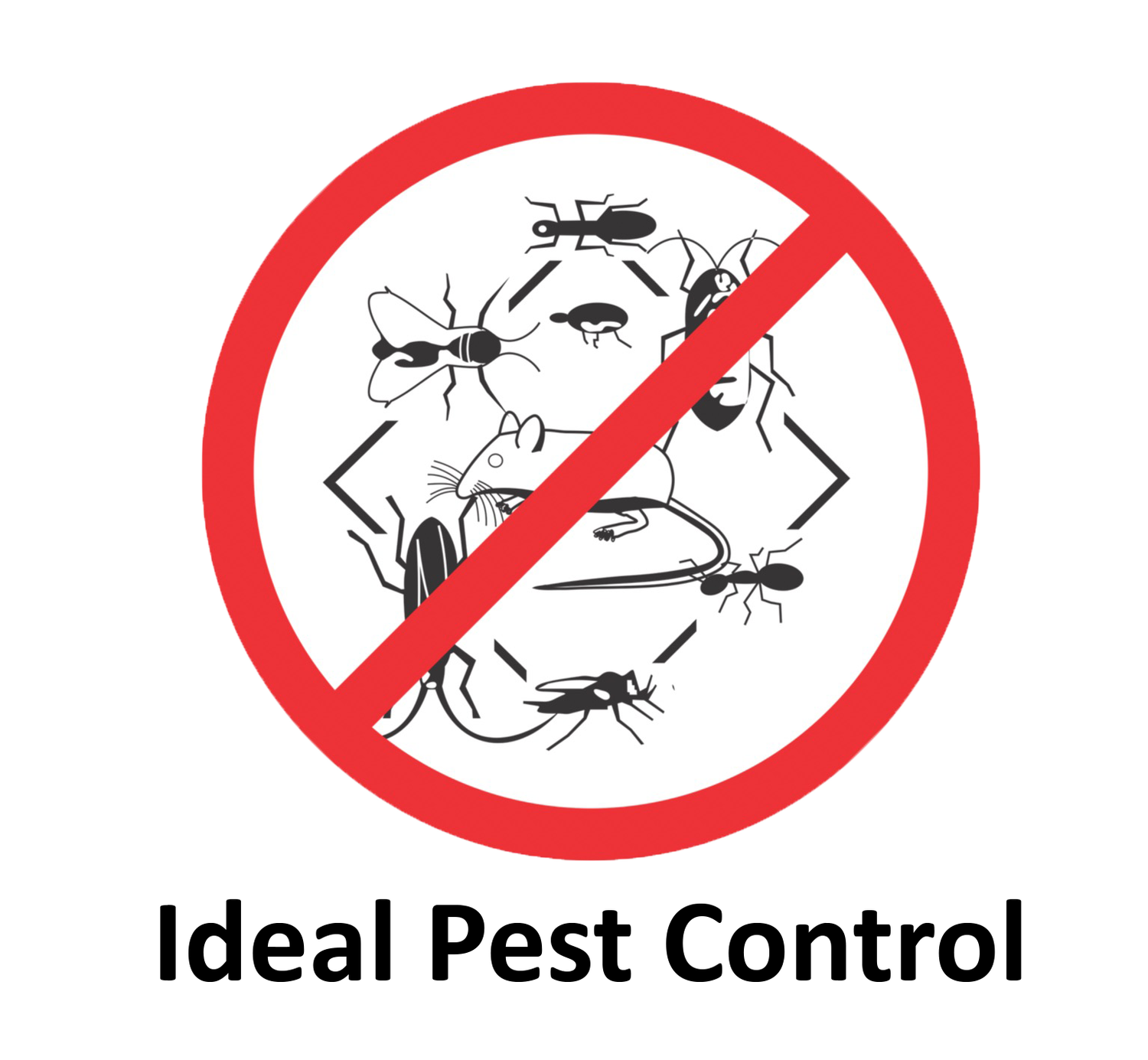Spiders
There are many species of spiders in BC. Although most of them are harmless, they can still be bothersome to many as they can look quite intimating. However, there is 2 species of spiders in BC which are considered venomous and are a cause for concern.
The two venomous species are Black Widow Spiders and Brown Recluse Spiders.
Find our Spider control Preparation Guide here.
Black widow spiders
Size: 6mm - 13mm.
Color: black - brown.
Unique Characteristics: Black Widow Spiders are considered venomous spiders in North America. Black Widow spiders are not usually deadly, especially to adults, because they inject only a small amount of venom. Despite its reputation, this spider often attempts to escape rather than bite, unless it is guarding an egg mass or if it is cornered and pressed. After mating, the female sometimes eats the male, earning the name "widow."
The female black widow spider is the most easily recognized, her shiny black body gives great contrast to the red hourglass marking on her round abdomen. Adult black widow spider males are harmless, about half the females size, and usually have yellow and red bands with spots on their backs. The legs of the male are much longer in proportion to his body than that of the female, with it's body half the size.
Control: The application of liquid pesticides along window sills, door frames, exterior foundation etc. and/or along the baseboard of the interior.
Brown Recluse spiders
Size: Varies from 1/3-to 1/2 inch in length. With the legs, it can be an overall size of 1 inch diameter or greater.
Color: yellowish-tan to dark brown.
Unique Characteristics: he brown recluse spider has a distinctive darker brown violin-shaped mark - with the neck of the violin pointing towards the abdomen.
It is very common to get a brown recluse spider bite when you are changing clothes, putting your hands into a pocket, or putting on shoes. The brown recluse spider had crawled in there at some time to take shelter. The initial pain with the brown recluse spider bite is not intense, unless there is a severe allergic reaction. Within 8-12 hours, the pain from the brown recluse spider bite becomes intense. Within 24-36 hours, the victim may have a fever, chills, nausea, joint pain or restlessness. The area of the brown recluse spider bite usually ends up enlarged, inflamed and the tissue is hard to touch. An open wound from the brown recluse spider bite may range form the size of an adult's thumbnail to the span of a hand. The sore heals very slowly (6-8 weeks) and often leaves a large, disfiguring scar. If bitten, collect the spider if possible for identification and seek medical attention immediately. Apply ice packs to relieve the swelling in the brown recluse spider bite area.
Control: The application of liquid pesticides along window sills, door frames, exterior foundation etc. and/or along the baseboard of the interior.









